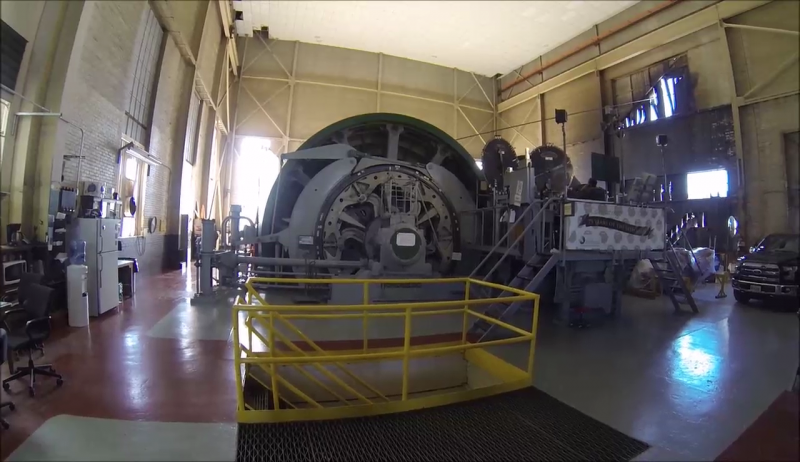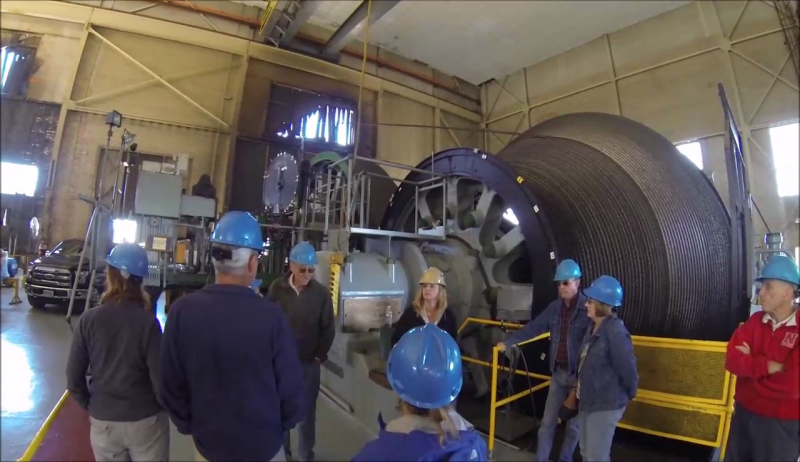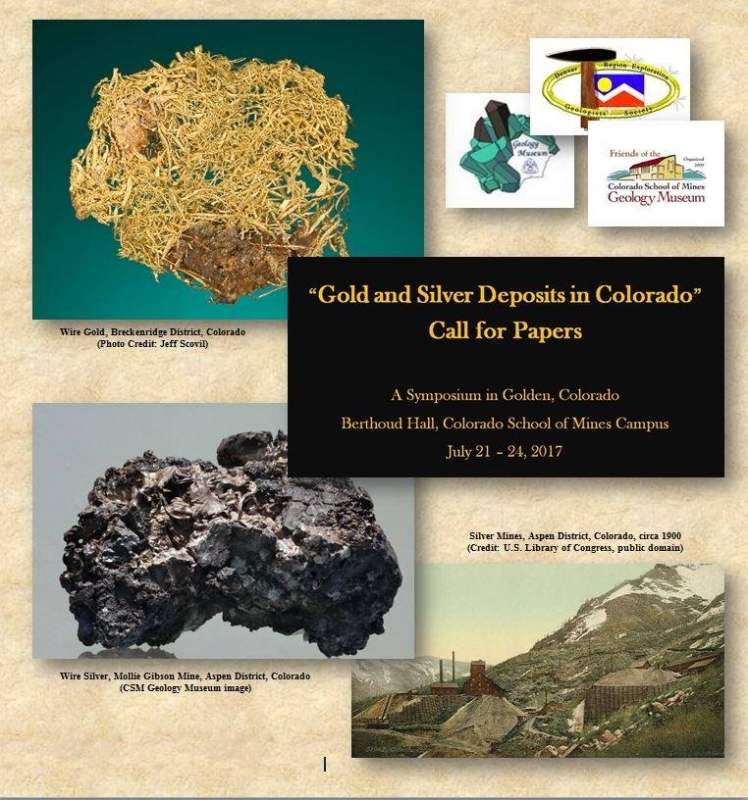-
Posts
554 -
Joined
-
Last visited
-
Days Won
3
Content Type
Forums
Detector Prospector Home
Detector Database
Downloads
Everything posted by Glenn in CO
-
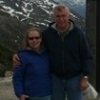
Denver Gem And Mineral Show
Glenn in CO replied to Glenn in CO's topic in Rocks, Minerals, Gems & Geology
In addition to all the great gold, silver and other specimens on display, they had three days of speakers which included Jeff Scovil (outstanding Gem and Mineral photographer), Terry Wallace on Colorado Silver, Gene Meieran on the Magic of Silver, Virgil Lueth on New Mexico Gold, Ben Elick on High Grade Cripple Creek ore, Scott Werschky on Fire Creek Mine Gold Specimens in Nevada, Les Presmyk on Arizona Gold and Silver specimens, Penny Williamson on Australian Gold, Bruce Geller on Tellurides and Byran Lees on the Golden Dragon. Byran Lees talked about finding the "Golden Dragon" and how is company (Collectors Edge) preform the work on preparing the one of kind specimen from the Colorado Quartz Mine in California. The Golden Dragon is estimated to be valued at 1 million dollars. These were just some of the speakers that we were able to see. " THE GOLDEN DRAGON" -

Denver Gem And Mineral Show
Glenn in CO replied to Glenn in CO's topic in Rocks, Minerals, Gems & Geology
Sorry about some the pics being out of focus and the quality. I only had my pocket camera and shooting pictures through the glass isn't easy. Wished I had taken my good camera along. -
The Denver Gem and Mineral Show at the Denver Mart celebrate its 50th year and the theme was Gold and Silver. There were outstanding gold, silver, telluride and meteorite specimens on display from collectors and dealers. There were over 800 dealers this year at the Denver Mart and surrounding venues. Denver is the second largest show in the United States.
-
Thanks Steve and Jim Hemmingway for the additional input and information. I have had several people ask me if gold tellurides are able to be found with a metal detector and couldn't find information if that it was possible. The Colorado School of Mines has several gold telluride specimens that I could have available to me to test. I will let you know the results when time permits. Hopefully other forum members could chime in with additional information.
-

Gold Found With Anything But A Minelab?
Glenn in CO replied to Steve Herschbach's topic in Detector Prospector Forum
-
Great Pictures! Great Finds! Thanks for sharing your latest adventure!
-
Great information Steve! Hopefully individuals that are serious in being successful in detecting various types of sites will use this information and decide if the detector of their choice is the right one to use. Instead of saying this is the best detector to use, consider all these factors and use the best detector that will find what you are looking for. I believe you created the ultimate Monte's Nail Board test.
-

From Mining Gold To Mining Neutrinos
Glenn in CO replied to Steve Herschbach's topic in Detector Prospector Forum
My wife, sister, brother-in-law and I went to the Sanford Lab Homestake Visitor Center and took the tour last September when we were vacationing in the area. Anyone in the area would find interesting to take the tour and go through the visitor center. Her's a link to the visitor center: http://www.sanfordlabhomestake.com/ -
Thanks! Steve for the information. In your opinion would the high frequency VLF gold detector, Falcon Gold probe or PI detector would give the best results in detecting gold tellurides? It seems there are many types of gold telluride. Calaverite and Sylvanite is common to the Cripple Creek, CO and other areas of the US. Would this type of telluride be detectable? Here's a link: https://en.wikipedia.org/wiki/Calaverite https://en.wikipedia.org/wiki/Sylvanite
-
Can a vlf or pi machine detect gold telluride? Does the gold telluride have to be in large concentration in a specimen for a detector to be able to detect it? Could a Falcon Gold probe detect a gold telluride specimen? Thanks! for any information or tips you can provide.
-

Metal Detecting - The Hobby
Glenn in CO replied to Steve Herschbach's topic in Metal Detecting For Coins & Relics
Hi Steve, Figured it out, if you have a browser somewhat restricted it does not show. Works fine with no restrictions. Thanks! -

Metal Detecting - The Hobby
Glenn in CO replied to Steve Herschbach's topic in Metal Detecting For Coins & Relics
Hi Steve, Apparently the embedded Facebook video does not work for me, I see your text but nothing else. I'll try using a different browser later on. -
Steve I'm not that up on the workings of the current or past Minelabs. Is it the weight of the battery, electronics or search coil that causes a PI to weigh over 4lbs or the combination of all three? I know with the TDI the weight of the battery and 12" search coil make the detector on the heavy side, but if the smaller coils are used the detector is manageable for all day use. If it is the battery that causes a PI to be on the heavy side, is there technology out there to power a PI today that would make it lighter?
-

Audio Or Visual Target ID
Glenn in CO replied to tboykin's topic in Metal Detector Advice & Comparisons
I bet if you polled the guys that are consistent in finding nuggets, coins, relics or jewelry on a regular basis that audio id would be first and visual id, if available would be a secondary confirmation. In my opinion when nugget hunting learning the nuances of the audio responses of your detector is key to a person being successful. -

Minelab And Customer Communications
Glenn in CO replied to Steve Herschbach's topic in Minelab Metal Detectors
Maybe the established detector industry will look more closely as how Nokta communicates to customers when introducing new products or resolving issues as they arise. But that maybe wishful thinking. -
Very informative report, great photos and good finds. Interesting the detector has no threshold, it would take me a little while to get use to that. Looks like Minelab has a winner!
-

Problem With White’s Goldmaster Detector
Glenn in CO replied to Steve Herschbach's topic in White's Metal Detectors
I agree with you Steve, it sounds like a faulty search coil. I've had search coils that would do the same thing where the gain turned up with the search coil in the air would have the same results. Switch out search coil with a new or existing good search coil and the problem goes away. -
Very nice specimen gold, Congrats! on a great find.
- 15 replies
-
- 1
-

-
- nevada
- minelab gpz 7000
-
(and 2 more)
Tagged with:
-

What Was Your 1st Detector?
Glenn in CO replied to Sourdough Scott's topic in Metal Detector Advice & Comparisons
My first detector was a Compass Yukon that I bought from my brother-in-law in 1976. Still have it, why? Maybe a antique! Own different brands of detectors like A.H. Pro, Compass, Minelab and was a White's Dealer for over 25 years. -
The Friends of the Colorado School of Mines Geology Museum, the Denver Region Exploration Geologists’ Society (DREGS), and the Colorado School of Mines Geology Museum, invite paper submissions for oral or poster presentations for the “Gold and Silver Deposits in Colorado” Symposium 2017. The symposium will be held on the Colorado School of Mines campus in Berthoud Hall, Golden, Colorado, and will include two full days of talks (July 22 & 23) and two days of field trips (July 21 & 24). The Symposium’s objectives include… • To focus on important gold and silver deposits in Colorado using a multi-disciplinary approach emphasizing geoscientific, economic, environmental, historical, and social perspectives. (The primary geographic focus will be on the northern half of the Colorado Mineral Belt (CMB), from Boulder County southwest to Leadville and Aspen, including Cripple Creek.) To bring together a diversified audience ranging from geoscience professionals, academics, mineral collectors and prospectors, historians, and laymen interested in precious metal and associated mineral occurrences, their exploration and development, and the impact of associated activities on Colorado. • To inspire scientific curiosity, encourage appreciation of the Earth and responsibility for its mineral and historic mining treasures, and to promote the exchange of current scientific thought and technology as it applies to exploration and ore deposits. ABSTRACT SUBMISSION Oral and poster presentations are being solicited on topics of gold and silver deposits in Colorado, including: • Geology and Mineralogy • Metallogeny • Geochemistry • Structure and Crystallography • Recent research on ore deposits in Colorado • Economics of gold and silver • Mineral collecting • Exploration: prospects and methodologies • Mining and milling technologies • Mining law and environmental regulations • Mining histories of Colorado (e.g., Alma/South Park, Aspen, Boulder County, Breckenridge, Cripple Creek, Central City/Idaho Springs/Georgetown, Leadville, and Montezuma). he primary geographic focus will be on the northern half of the Colorado Mineral Belt (CMB), from Boulder County southwest to Leadville and Aspen, including Cripple Creek.) We invite oral presentations for 30 minute time slots (25 minute presentation + 5 minute question and answer session). PowerPoint presentations are preferred but 35-millimeter slide carousel presentations can also be accommodated. Posters shall adhere to the Geological Society of America standards (4 ft. x 8 ft. or 46-1/8 in. high by 94-3/4 in. wide or 117 cm x 240 cm). Format requirements for abstract submission are provided in “Style Guide for Abstract Submission” in Appendix 1. The technical level of the presentations is encouraged to appeal to a broad audience of geoscience professionals, academics, mineral collectors, and interested laymen. The Symposium will be providing the sound system and both wireless (lapel, hand-held or headset) and wired microphone as well as a wireless computer slide advancer. SUBMISSION DEADLINES Proposed presentations and poster titles, with preliminary one-page abstracts meeting format style requirements, must be submitted for consideration via e-mail to Pete Modreski (pmodreski@usgs.gov) by March 15, 2017. Authors should indicate if oral or poster presentation is preferred. Questions concerning submittals can be sent to Pete Modreski. Final or extended abstracts (maximum five pages), including figures, tables, references, and author biography (maximum 100 words), meeting format style requirements, must be submitted via e-mail to the Pete Modreski (pmodreski@usgs.gov) by May 15, 2017. The Symposium’s Program Committee will make the final selection of presentations and poster titles based on quality of abstracts, number of submissions and available time slots, with applicants being notified accordingly. SYMPOSIUM REGISTRATION The registration fee of $100.00 includes a Friday night reception, two days of presentations, a black and white hardcopy proceedings volume, and color digital proceedings volume. Field trips may be subject to additional fees, as will be announced at a later date. Registration for full-time University (Student ID required) or high school students is $50.00. Registration fees are waived for invited speakers and field trip leaders. Speakers, poster presenters, and field trip leaders will be provided with a free one-year (2017-2018) membership in both the Friends of the Colorado School of Mines Geology Museum and Denver Region Exploration Geologists’ Society (DREGS). Registration forms and fee schedule for optional services and field trips will be posted on the Friends’ Facebook page https://www.facebook.com/LikeCSMGeoMuseum/ Housing Accommodations Housing will be available in motels-hotels in Golden and the surrounding area. Symposium participants and registrants are responsible for securing their own accommodations. FIELD TRIPS Field trips may be subject to additional fees and the number of attendees scheduled for selected trips may be limited. Pre-registration is required for each field trip and all participants must sign a liability release. For third party liability insurance, participants will also need to belong to either an American Federation Mineral Club that provides that insurance, Friends of the Colorado School of Mines Geology Museum, or Denver Region Exploration Geologists’ Society (DREGS). Transportation is not provided, but we will try to organize carpools. Some field trips may require four-wheel drive vehicles, as will be announced at a later date. Field trip details are still in the planning stages for a number of interesting Colorado localities. Below is a preliminary list of field trips that may be included in the Symposium. (Some trips are still tentative depending on: access permission; enlistment of suitable trip leaders; and, once a list of field trips is circulated to registrants, on sufficient signup interest among registrants to schedule each trip.) • Caribou and Cross Mines in Boulder County • Gold Hill and Jamestown areas in Boulder County • Smuggler Mine at Aspen, Pitkin County • Central City/Blackhawk/Idaho Springs • CCV/Newmont Open Pit at Cripple Creek, Teller County • Leadville, Lake County (including some collecting) • Alma/Fairplay/South Park, Park County (New London Mine, placers) *************************************************************************** Appendix 1: Style Guide For Abstract Submission Title: Bolded, 18-point type, centered Author name(s): Bolded, 12-point type, centered Author(s) affiliation and full address, Author(s) e-mail address: Bolded, 10-point type, centered 1. Style guide and page layout. Since there will be limited typesetting or copy-editing of summaries, the use of this style guide is important to provide a consistent appearance. Use 8.5 in. x 11 in. paper with 1 in. margins on all sides and use 11-point Times New Roman. The lines of the each paragraph of a section or subsection should be flush left. 2. Figures and tables. Figures and tables should be centered and located inside paper margins. Text should not wrap around figures or tables. Table captions should be centered above tables and figure captions should be centered below figures. 3. References. References, if cited, should appear at the end of the paper in alphabetical order, in a style similar to that used in publications of the Geological Society of America; for example (Hitzman et al., 1992). Hitzman, M.W., Oreskes, N., and Einaudi, M.T., 1992, Geological characteristics and tectonic setting of Proterozoic iron oxide (Cu-U-Au-REE) deposits: Precambrian Research, v. 58, p. 241-287.
-
Without the larger zoom versions feature for photos, picking out the meteorite would have been impossible. I use it all the time when viewing photographs on the forum. Great feature!
-
Thanks! Lunk, hopefully I will do better out in field. I edit my post so someone else can try.

.jpg.098f6139f0ec519f07a46052ece97057.jpg)
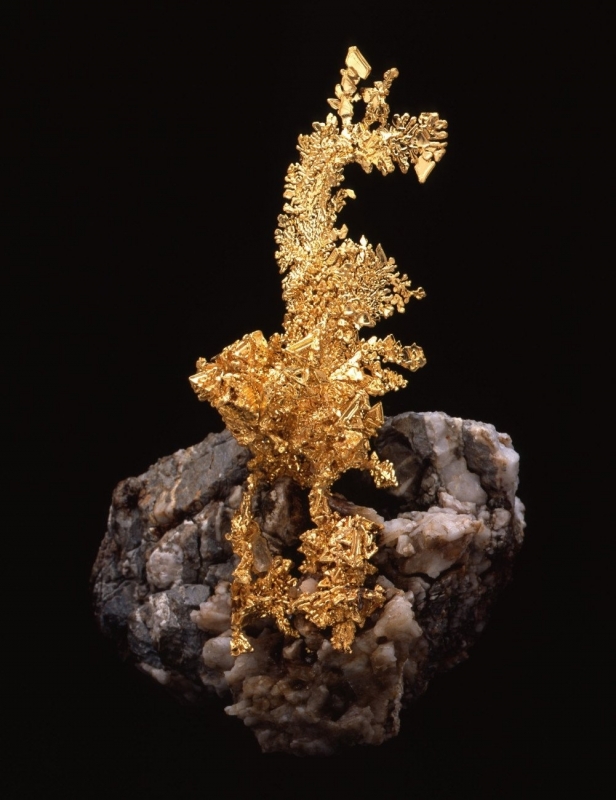
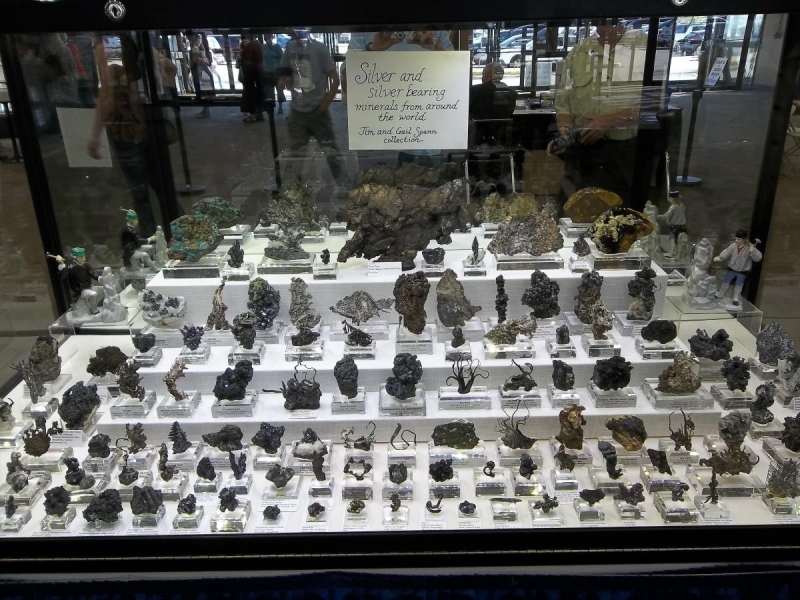
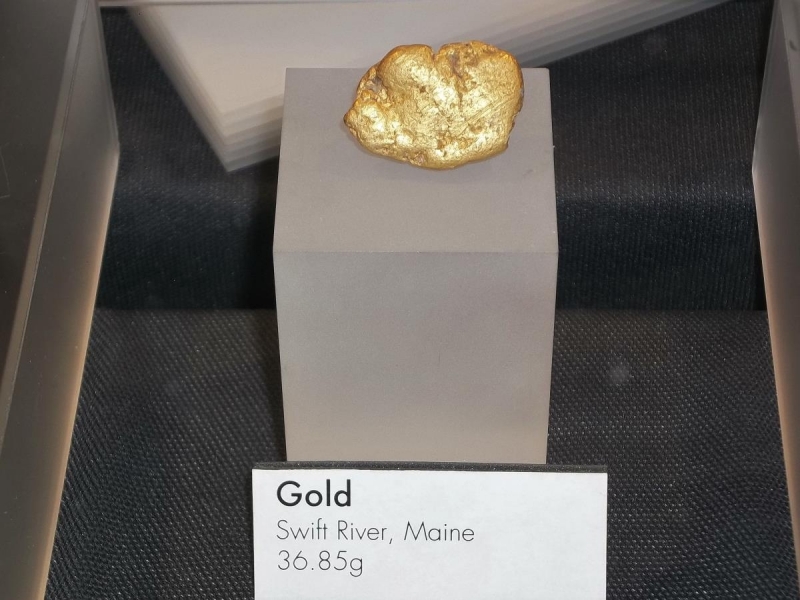
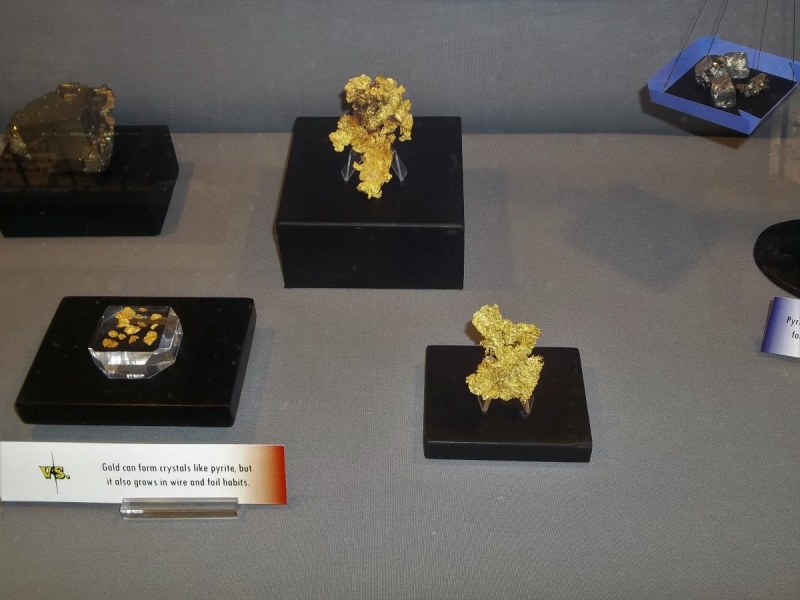
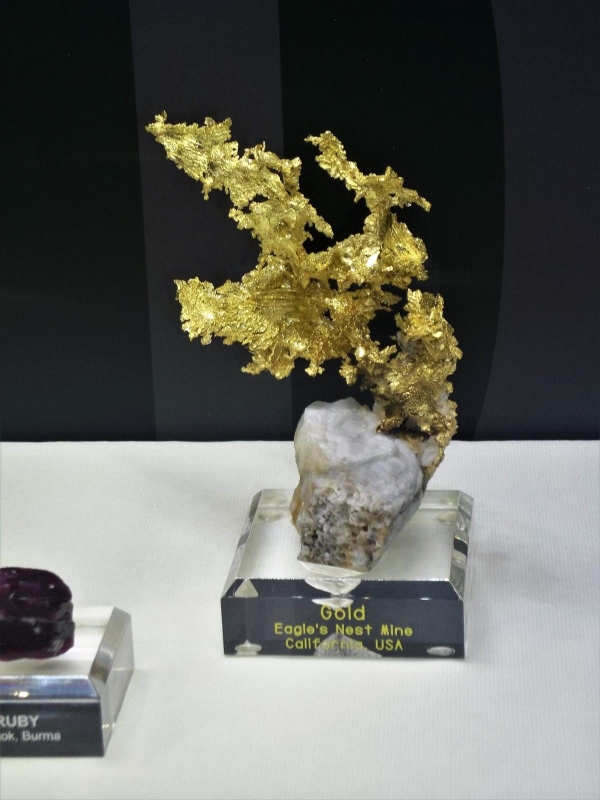
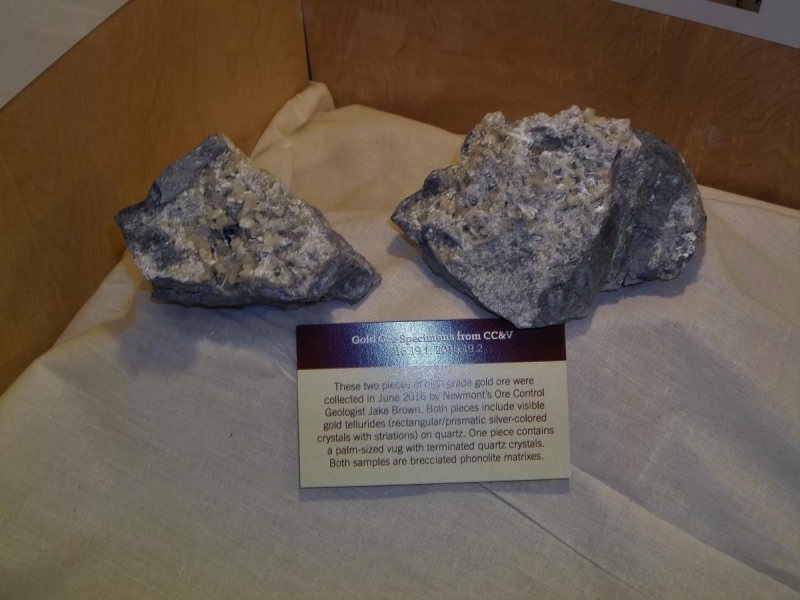
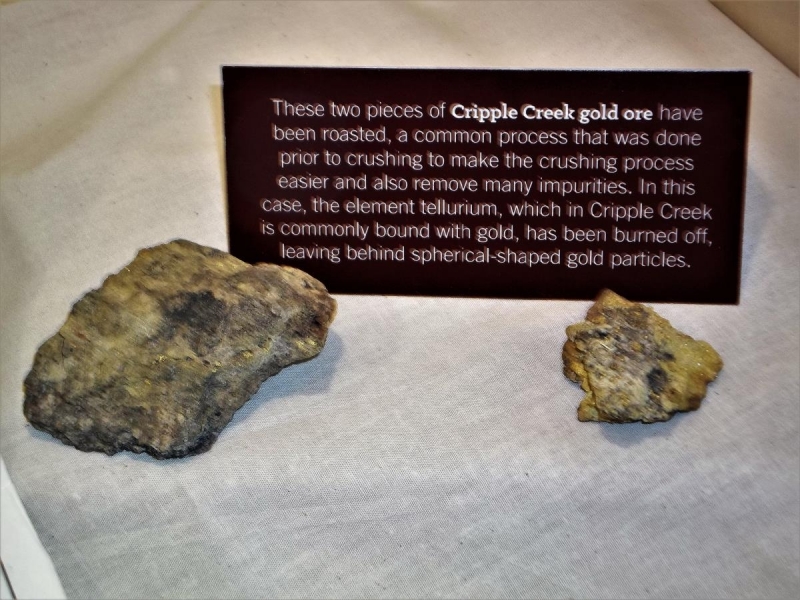
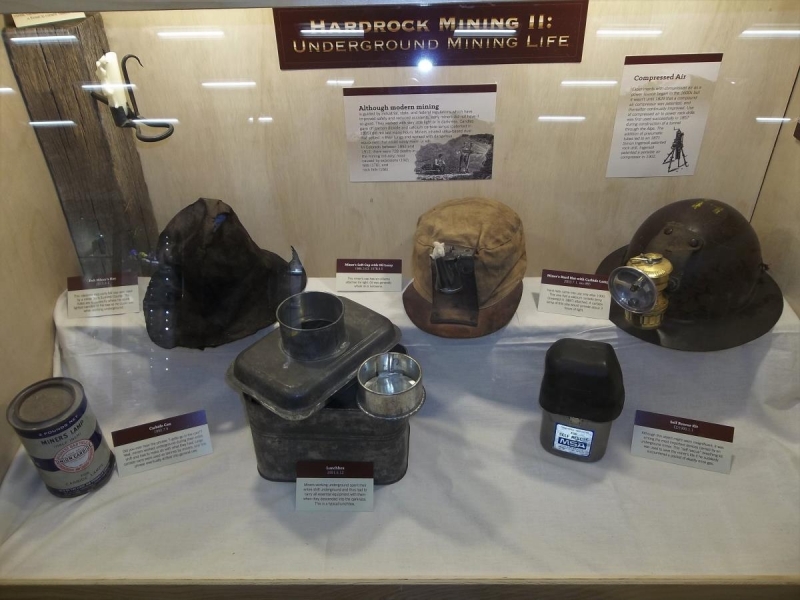
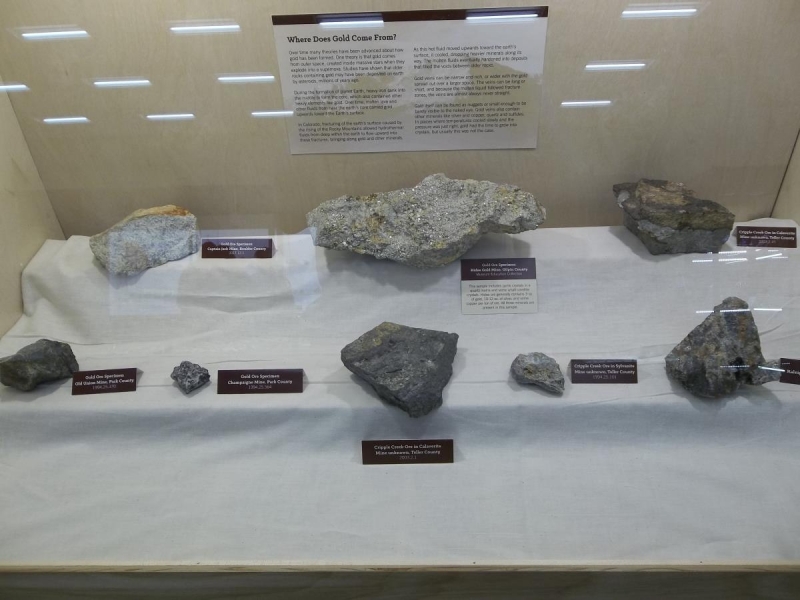
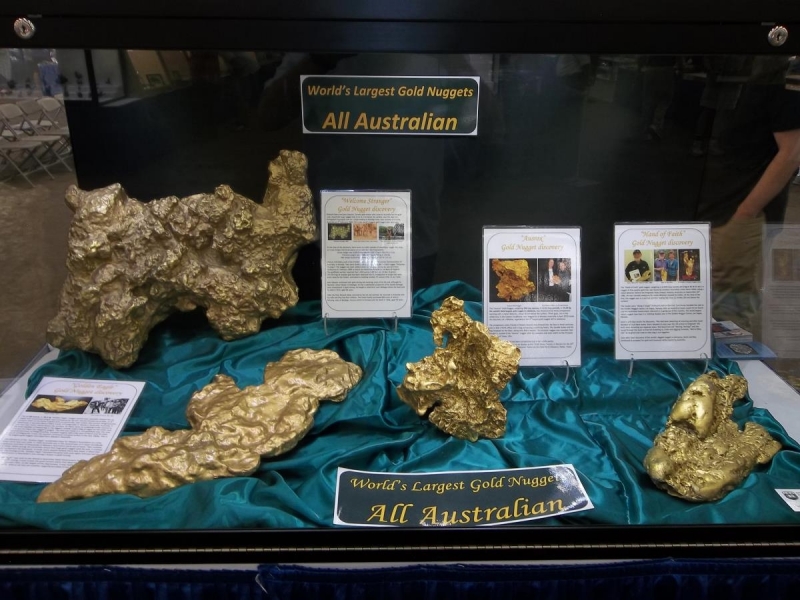
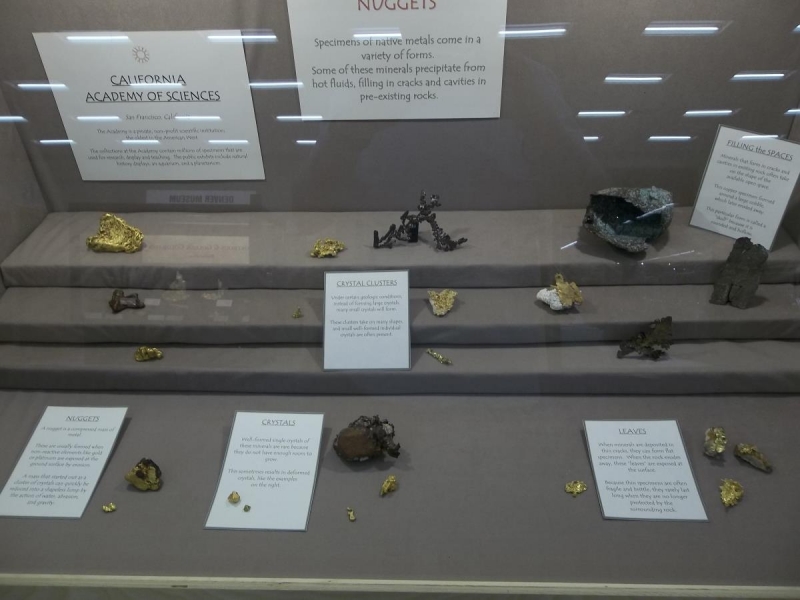
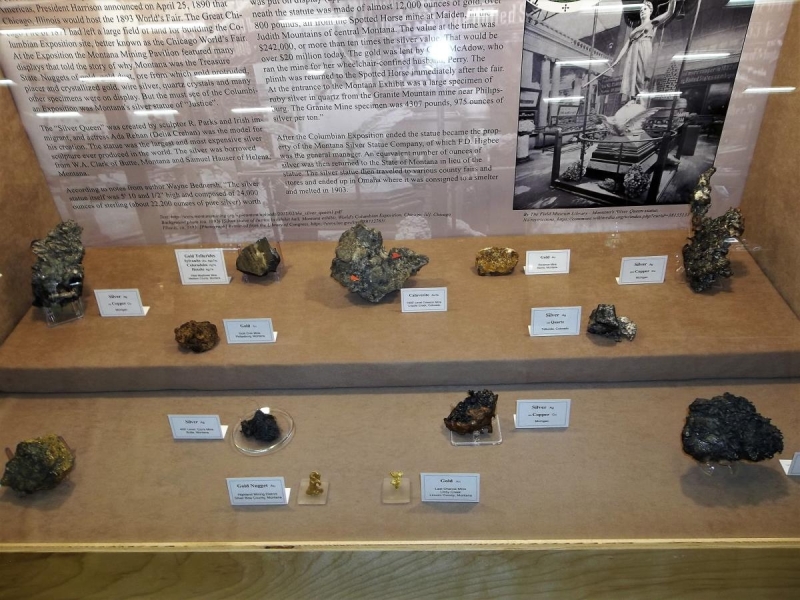
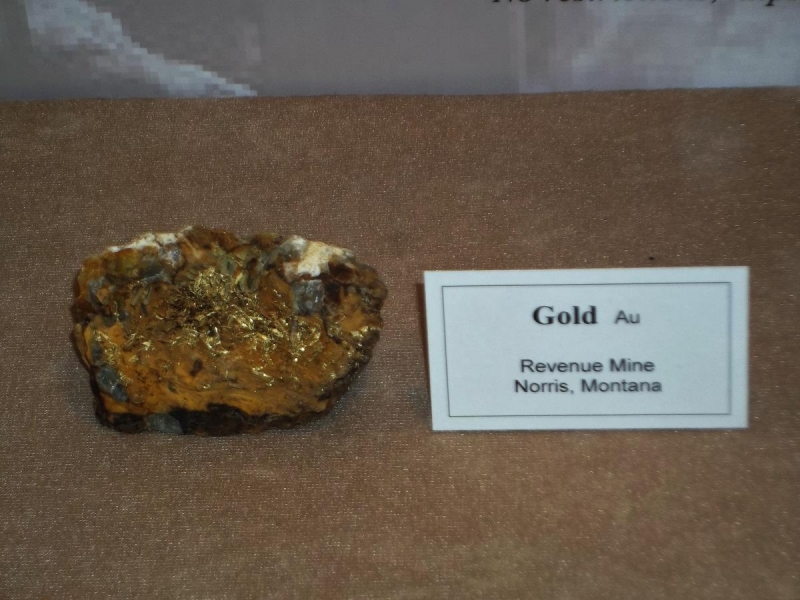
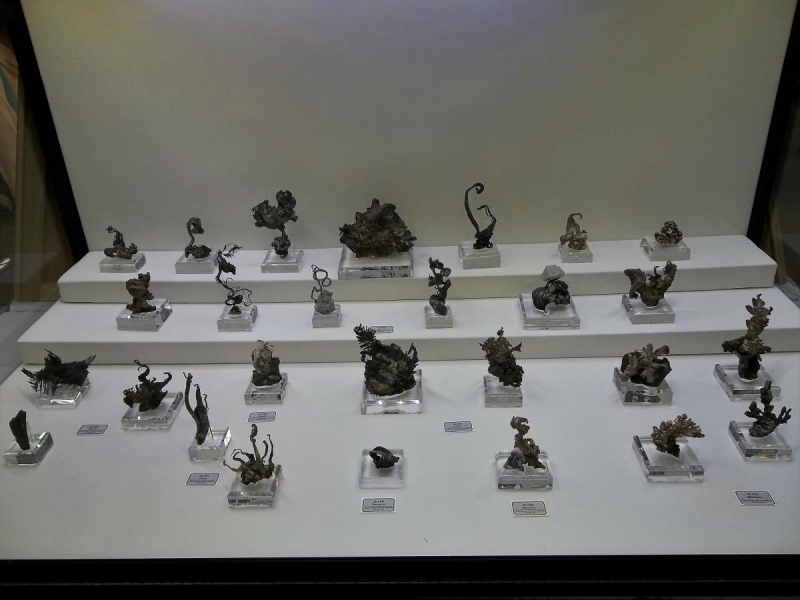
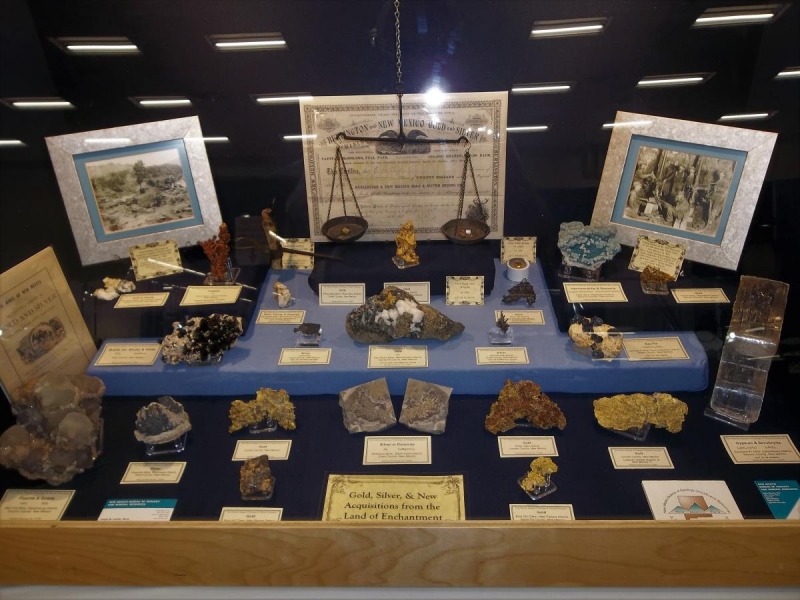
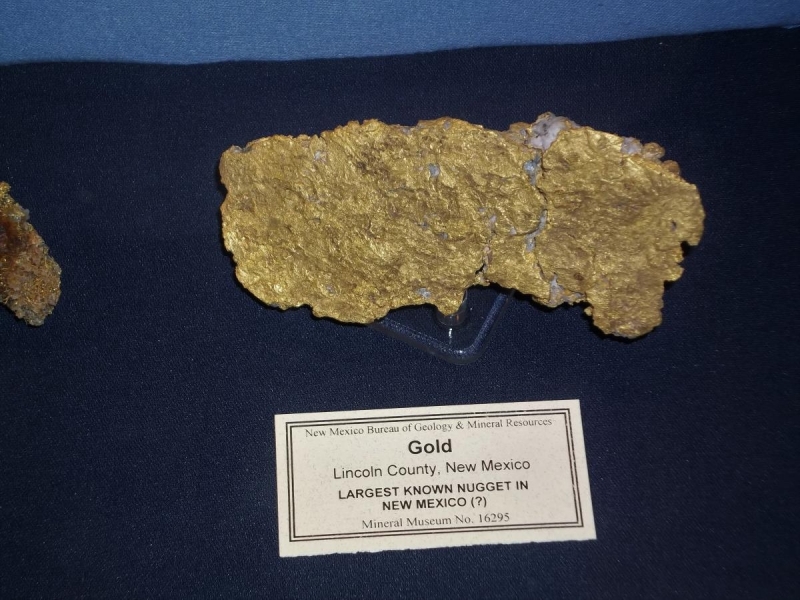
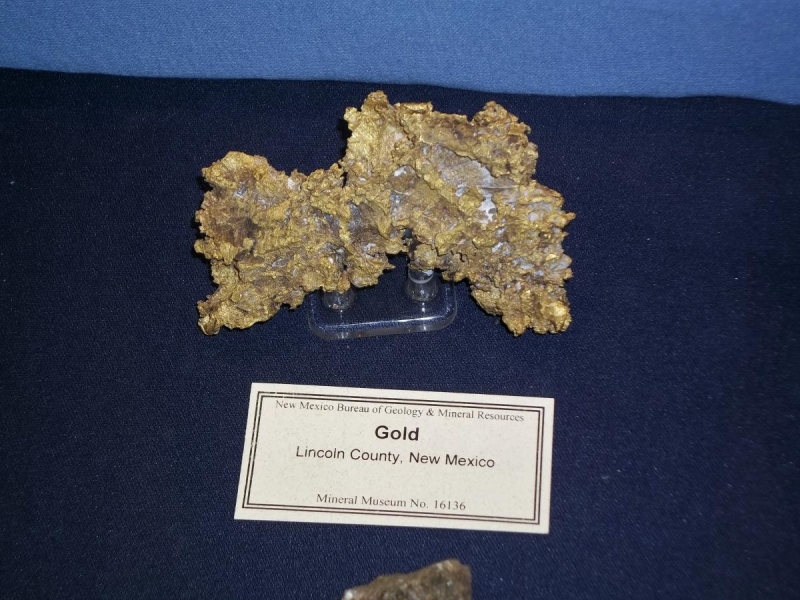
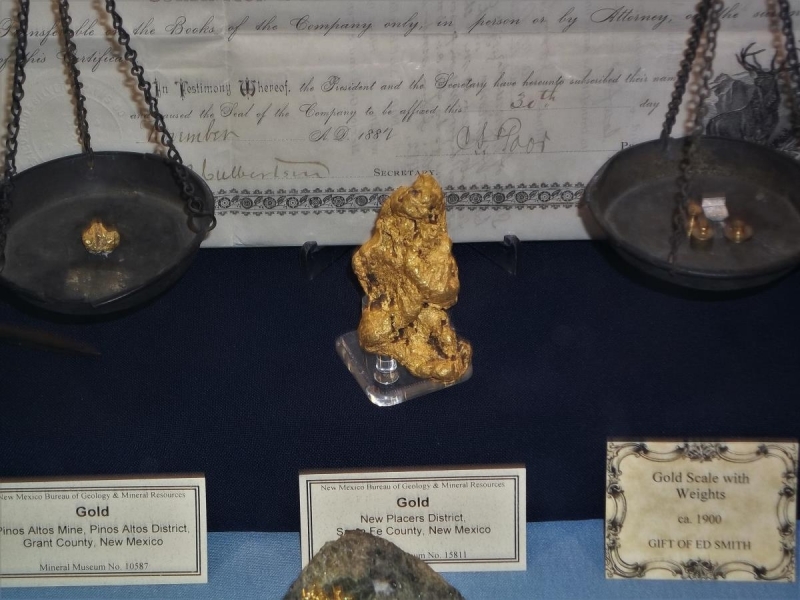
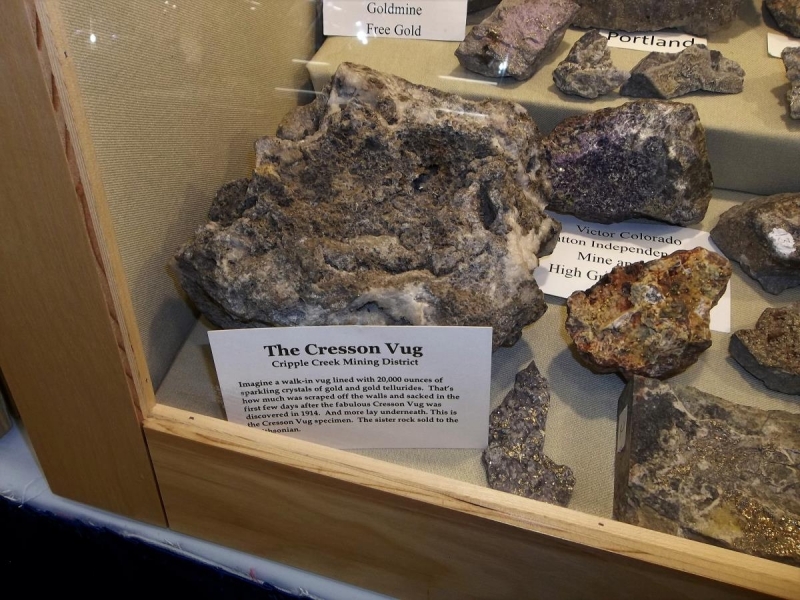
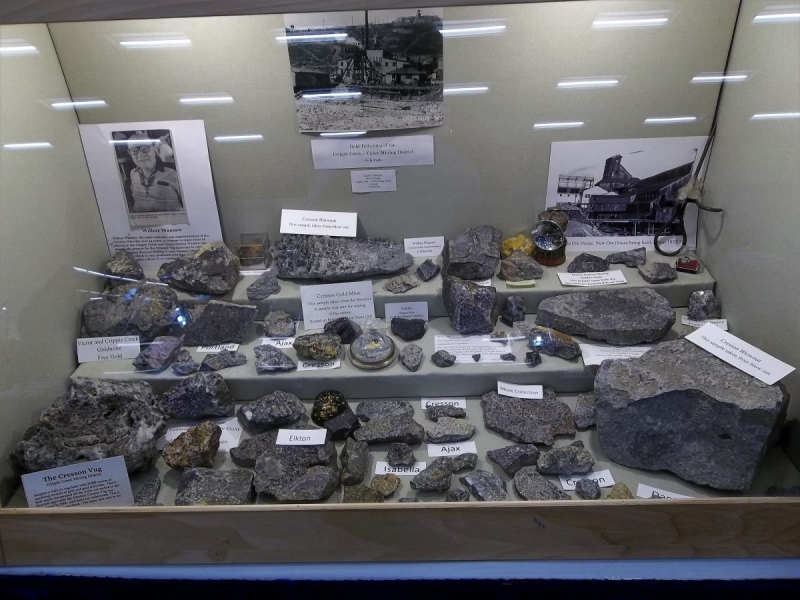
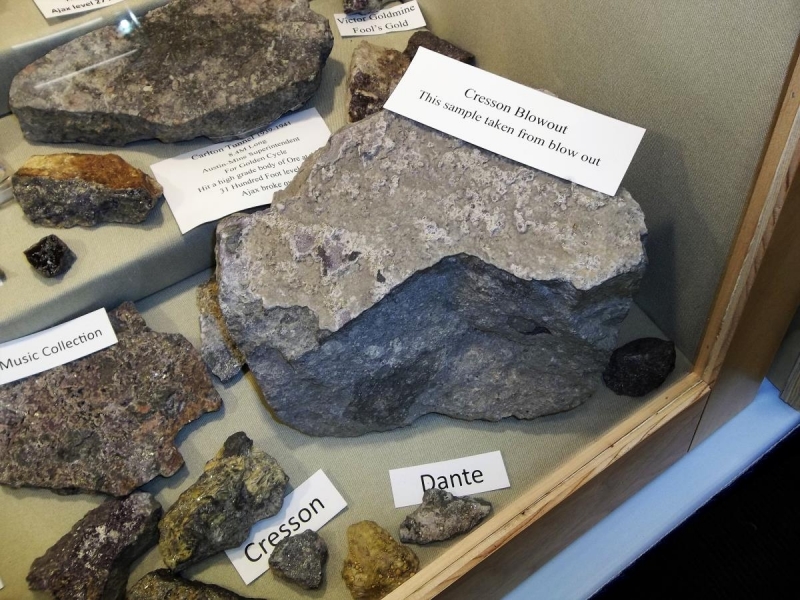
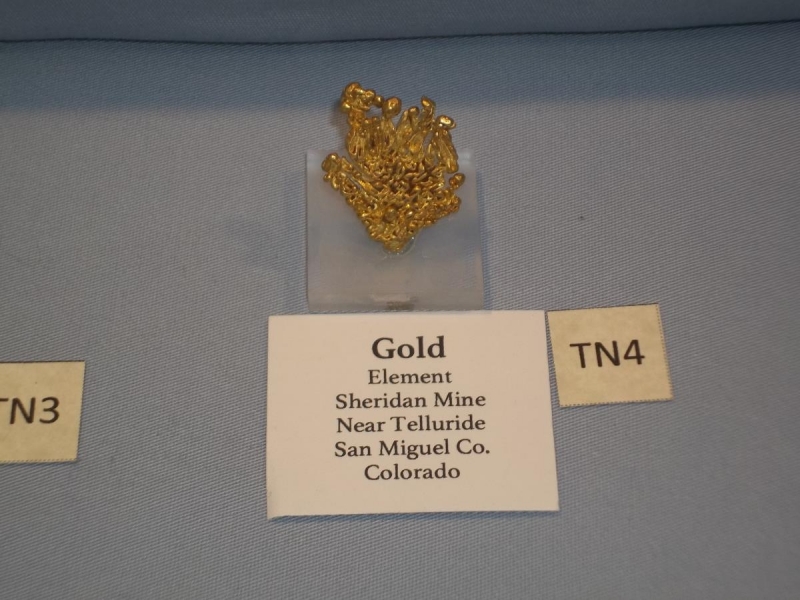
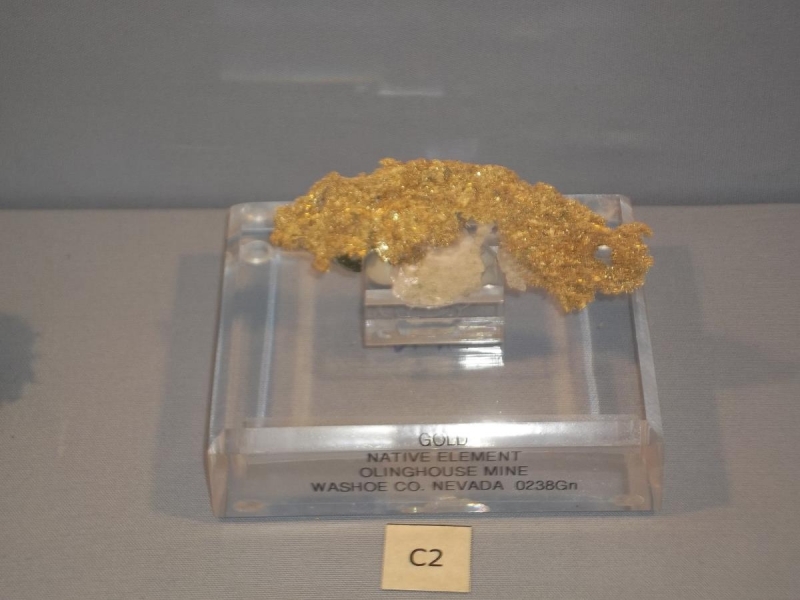
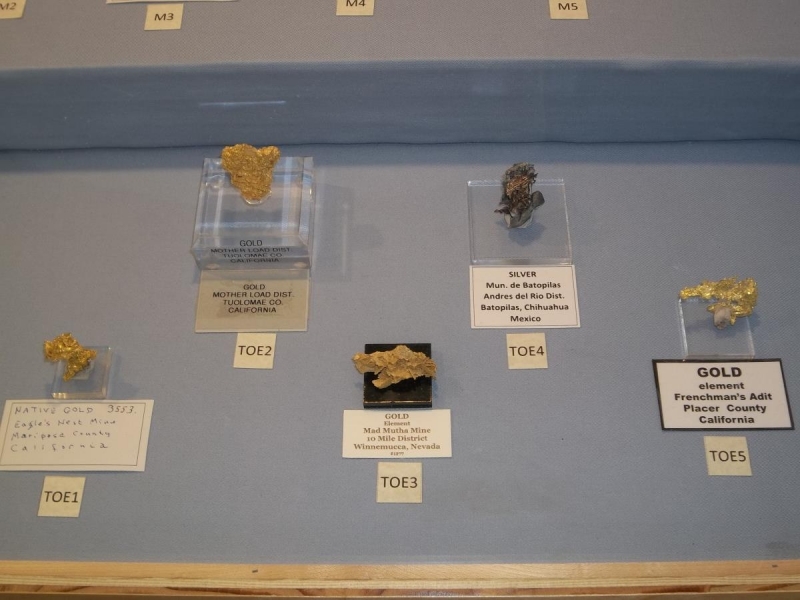
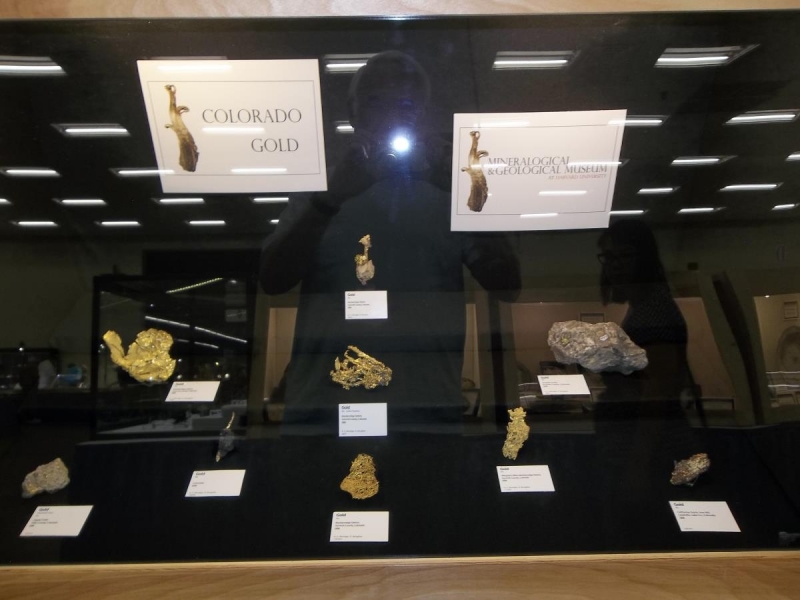
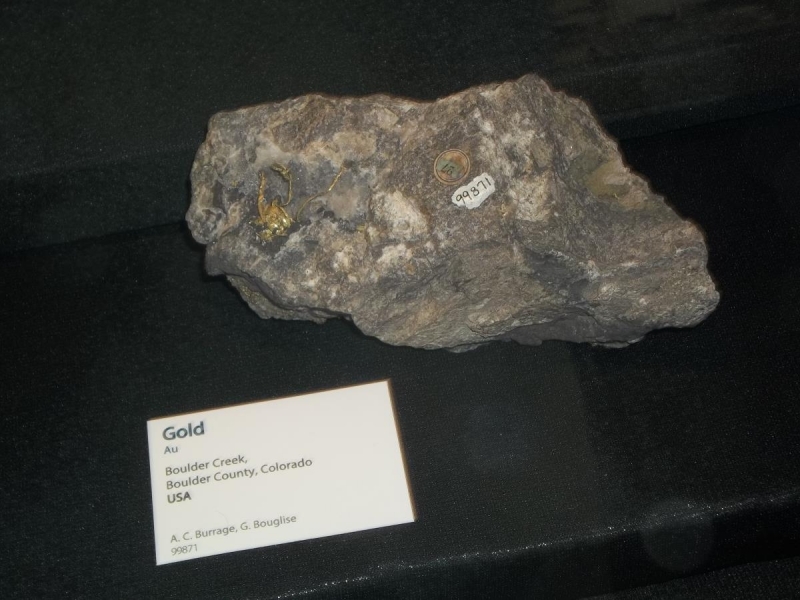
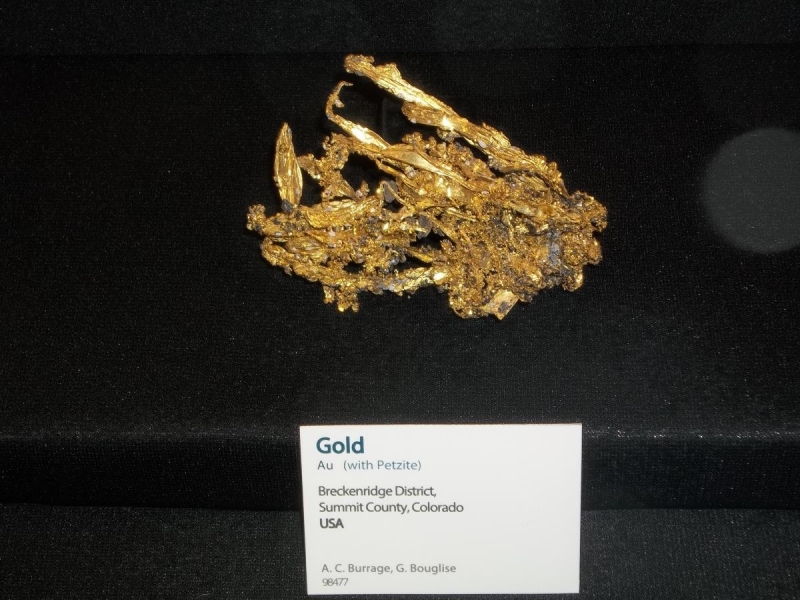
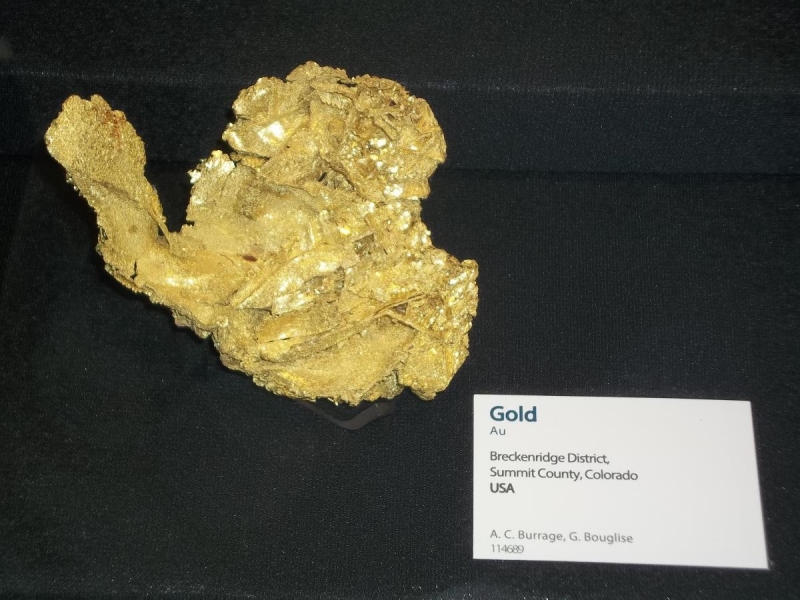
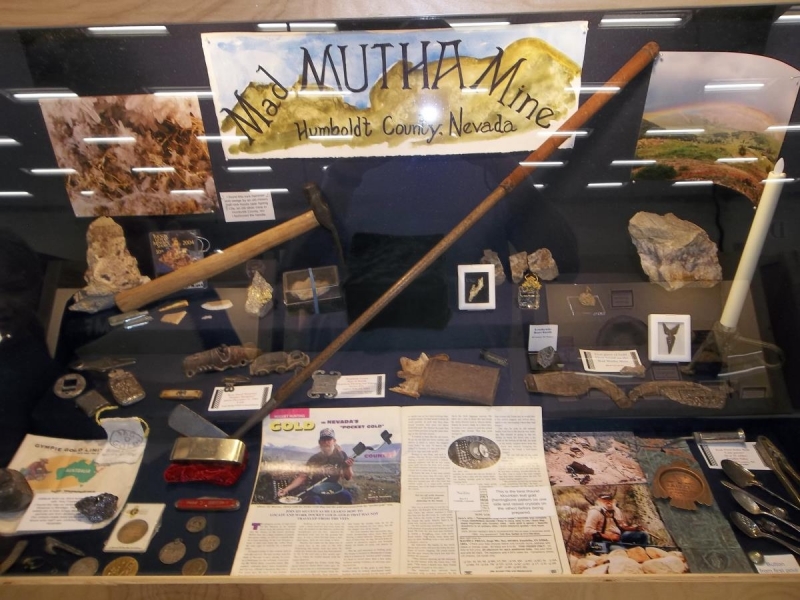
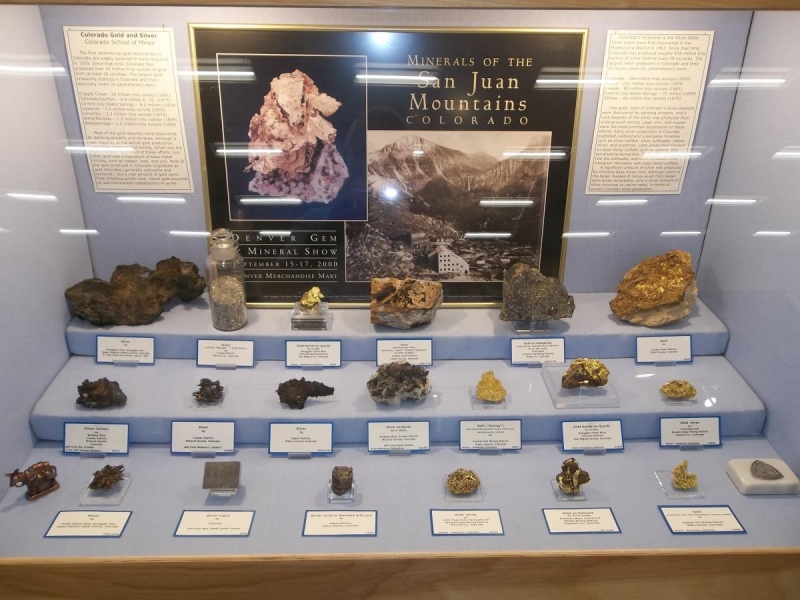
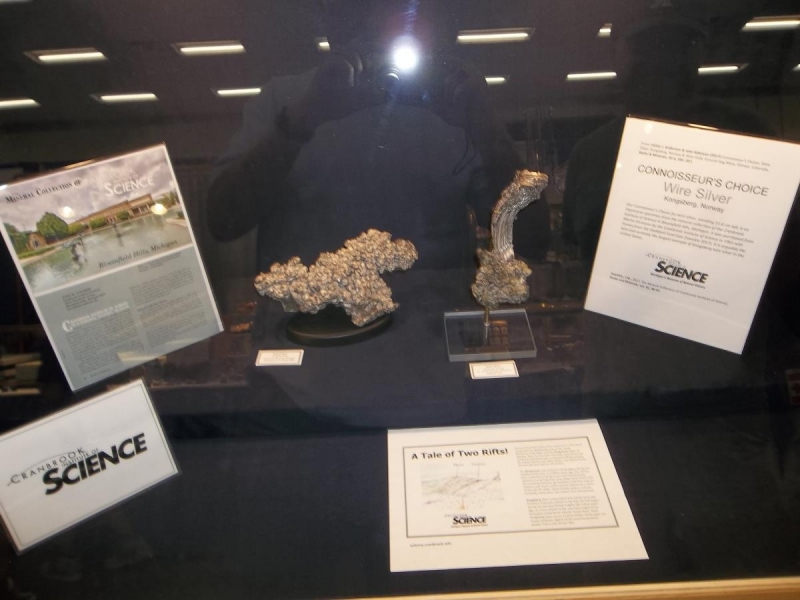
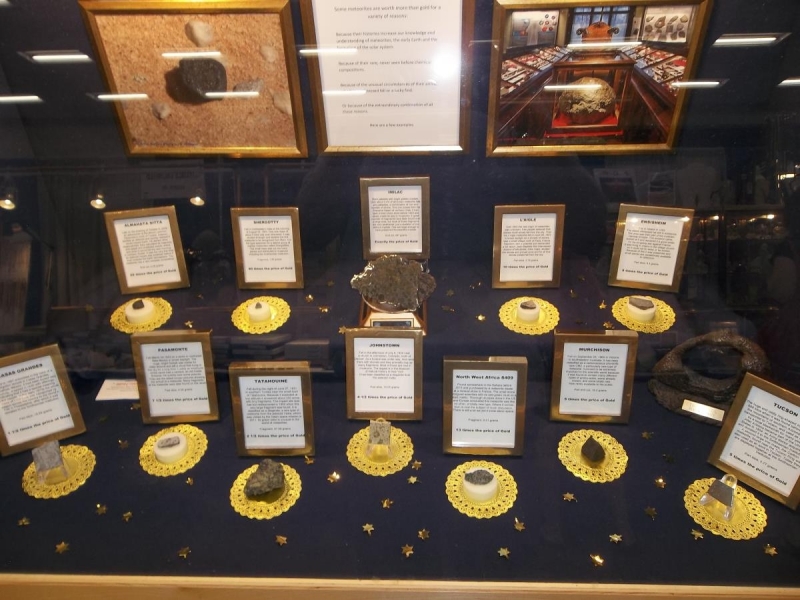
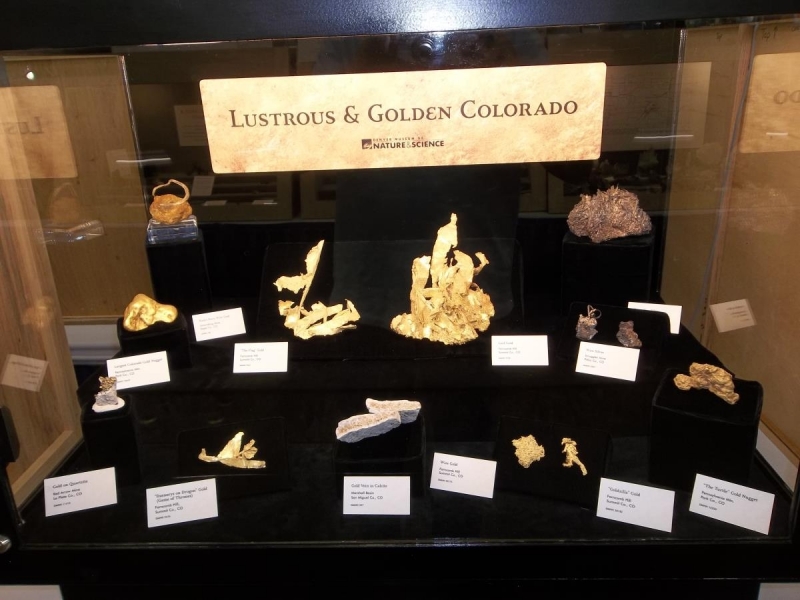
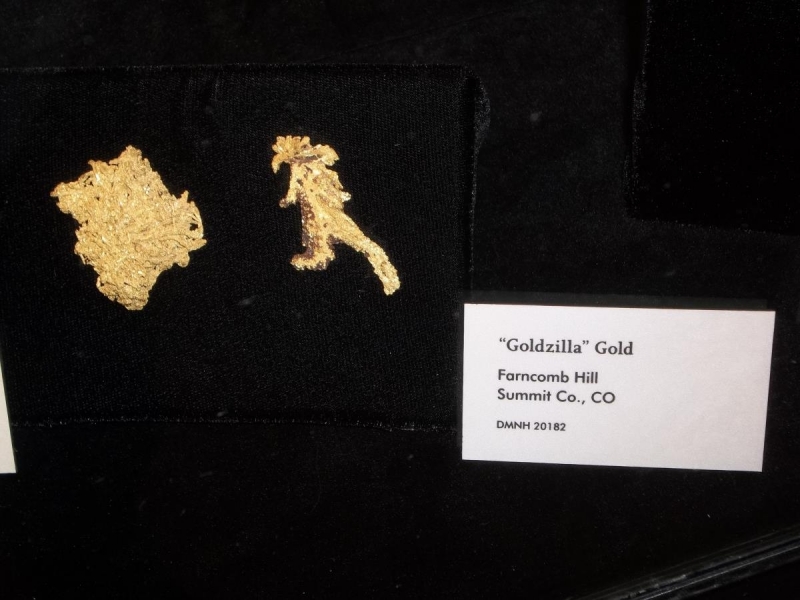
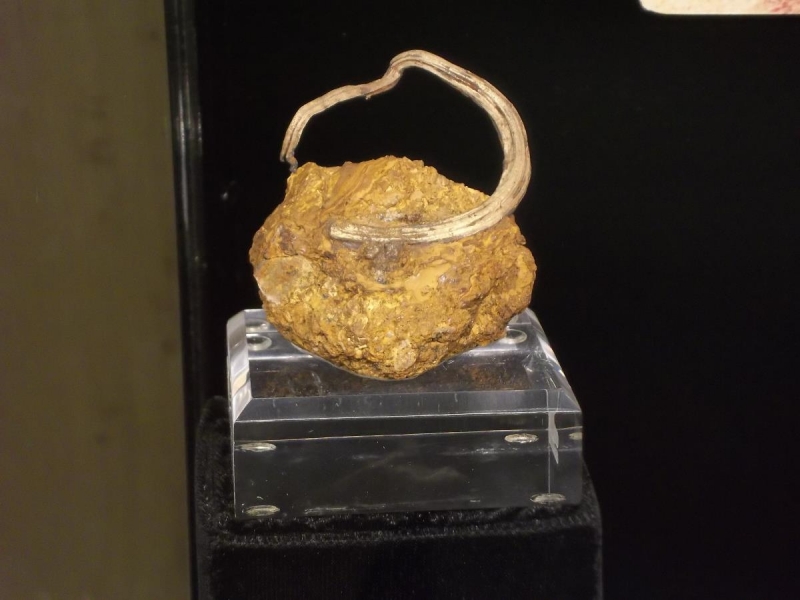
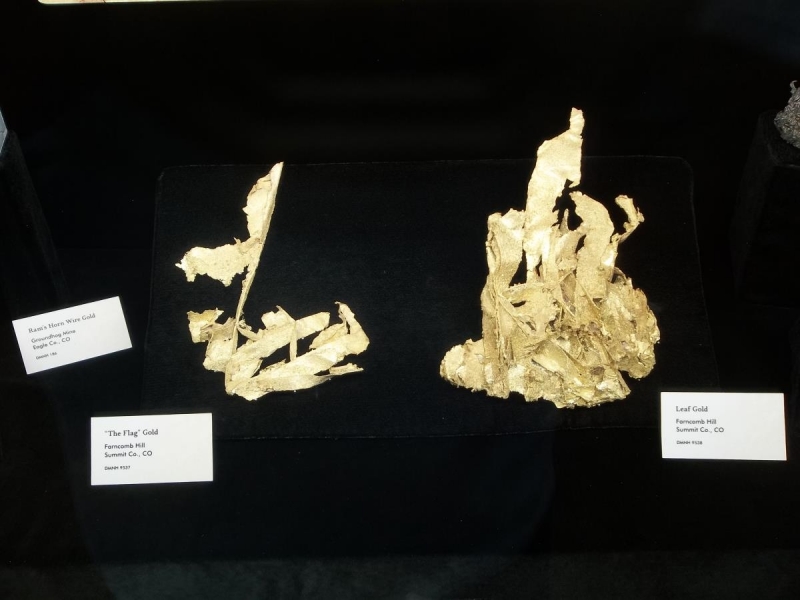
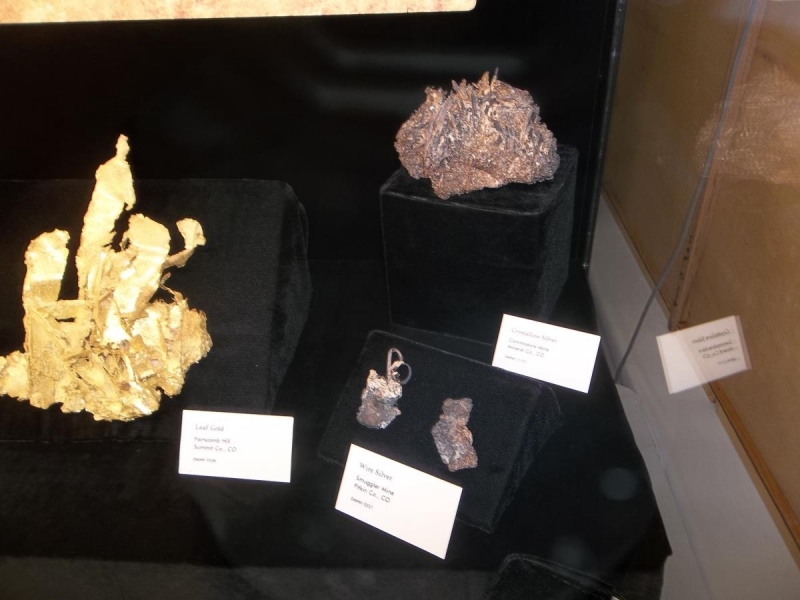
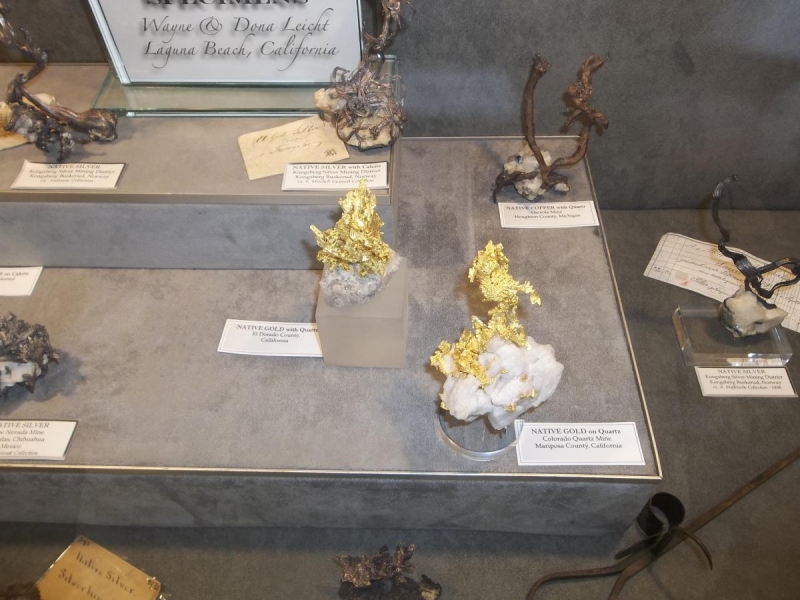
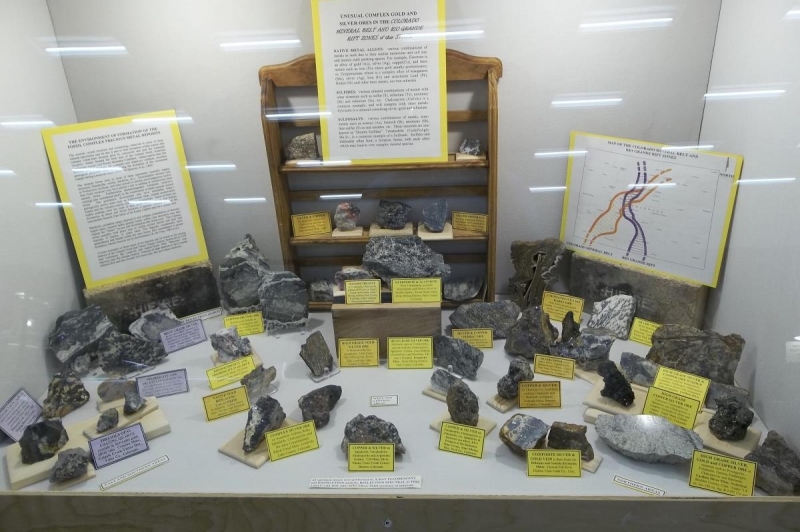
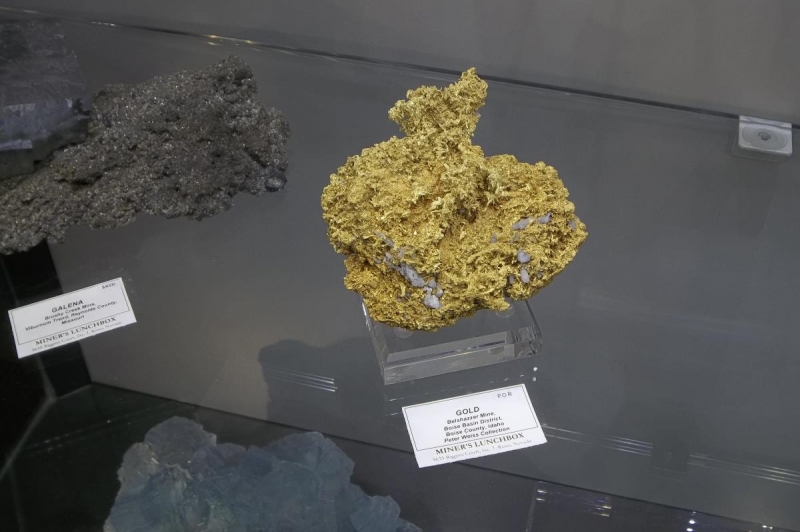
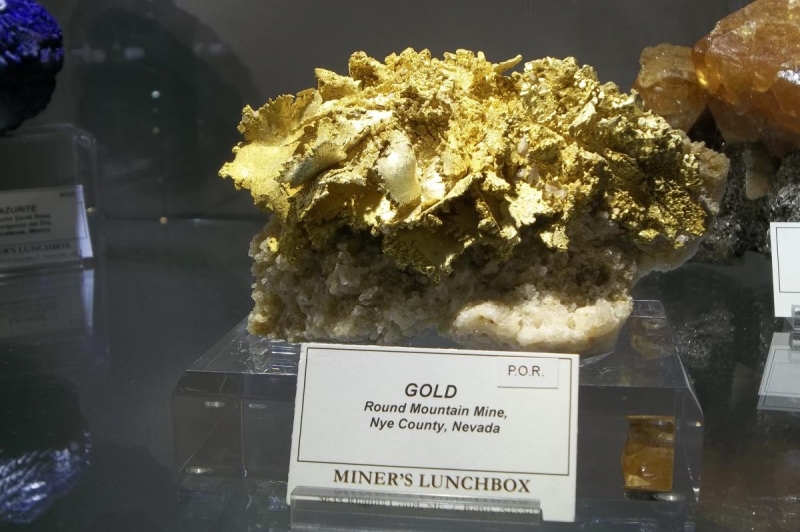
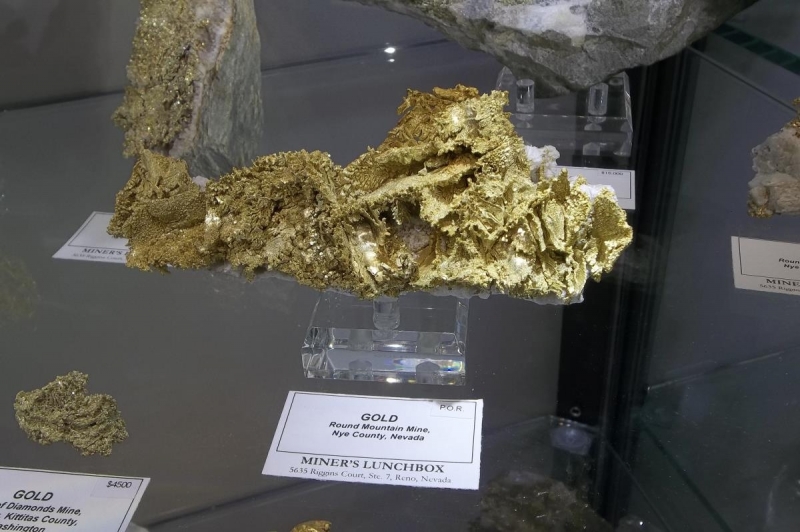
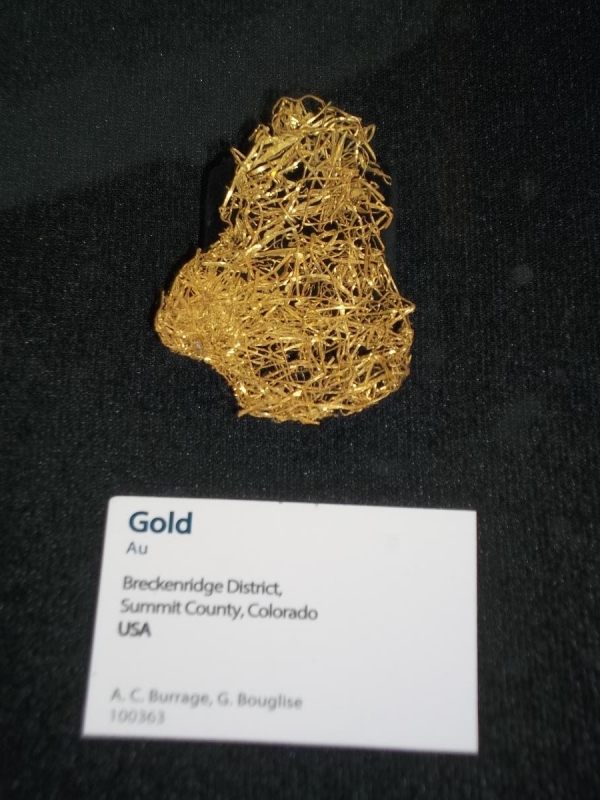
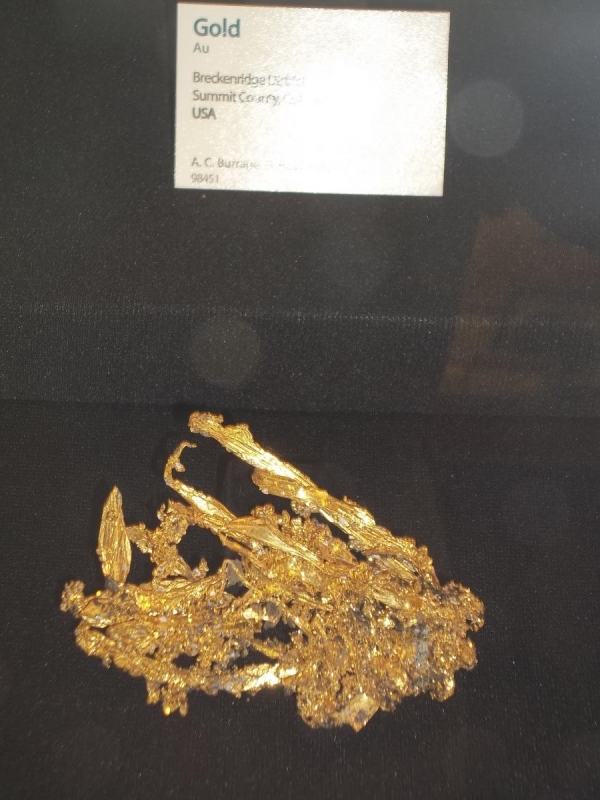
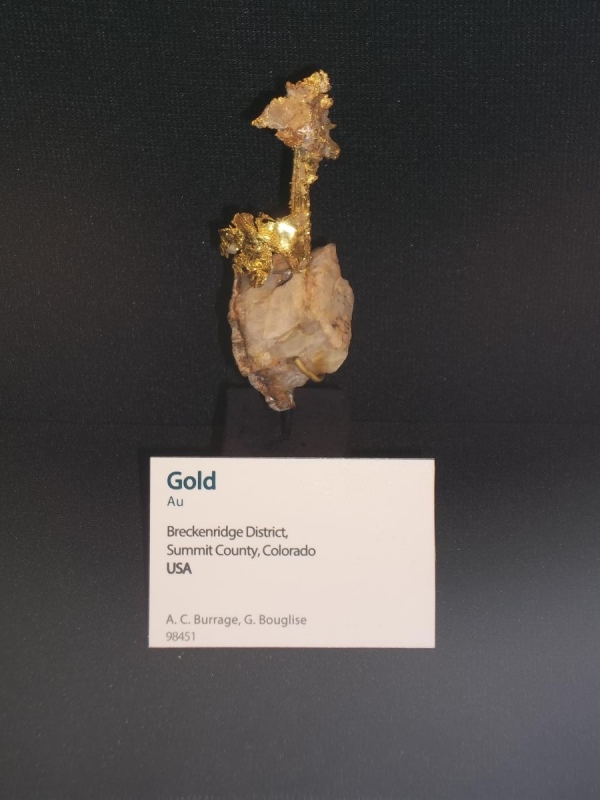
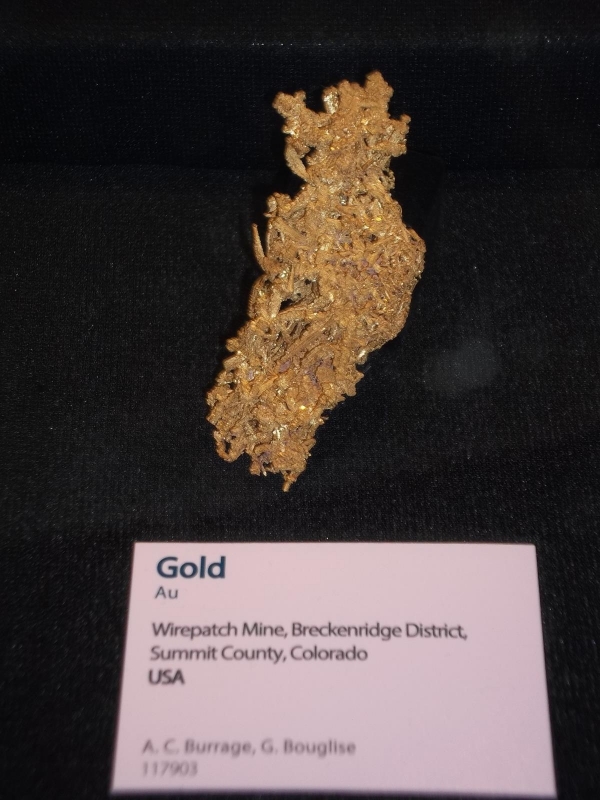
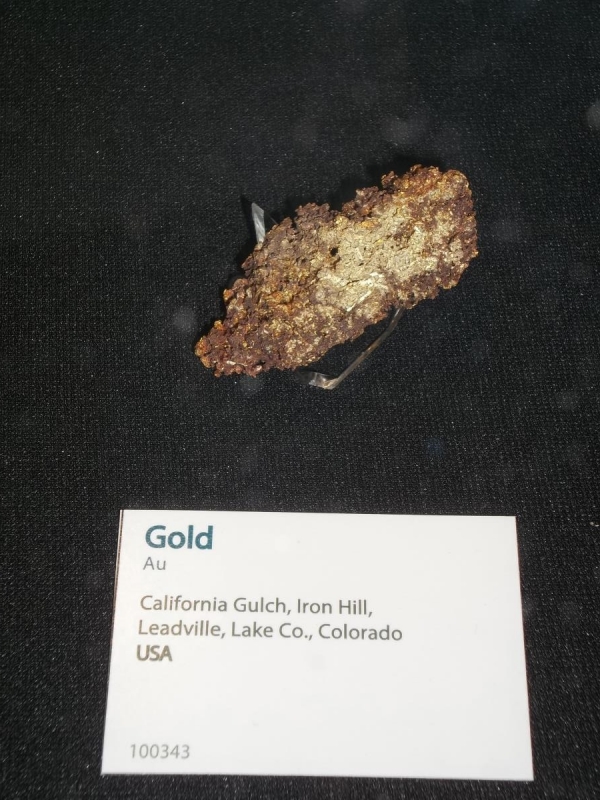
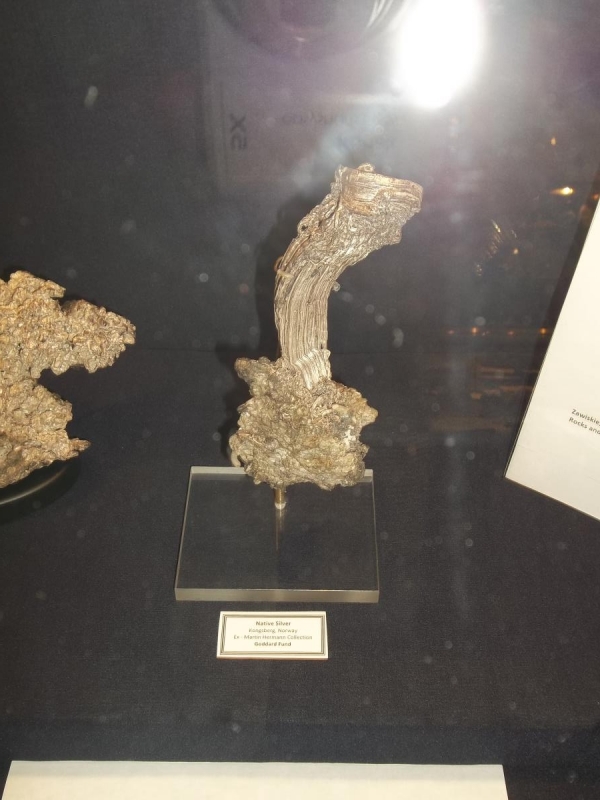
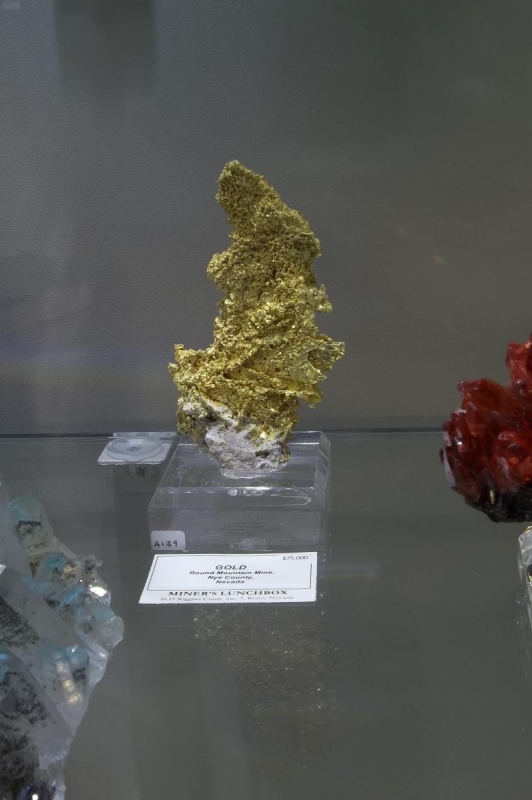
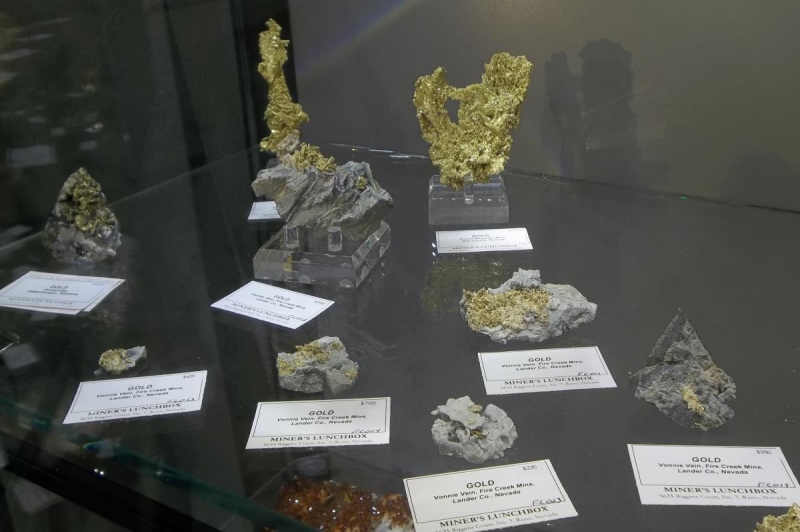
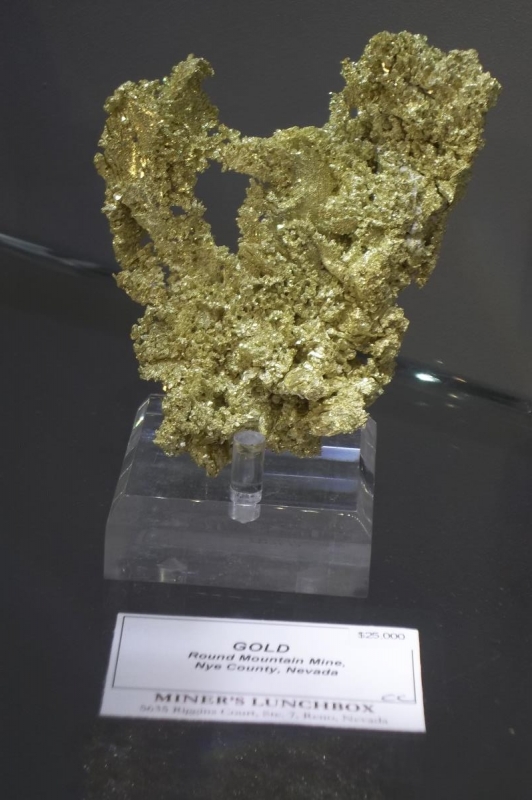
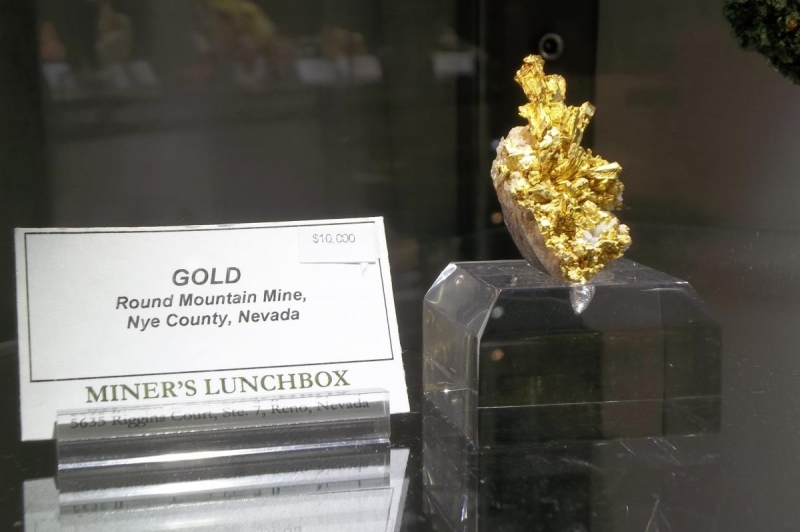
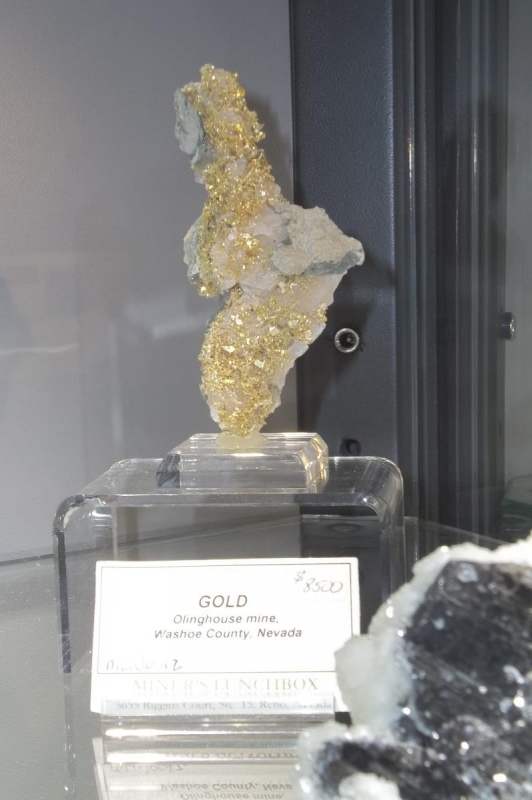
.thumb.jpg.a5aeec0fbded0dfaf52c1d344f88f6c3.jpg)
.thumb.jpg.2c590a73c70c1cc7951a73007471c423.jpg)

